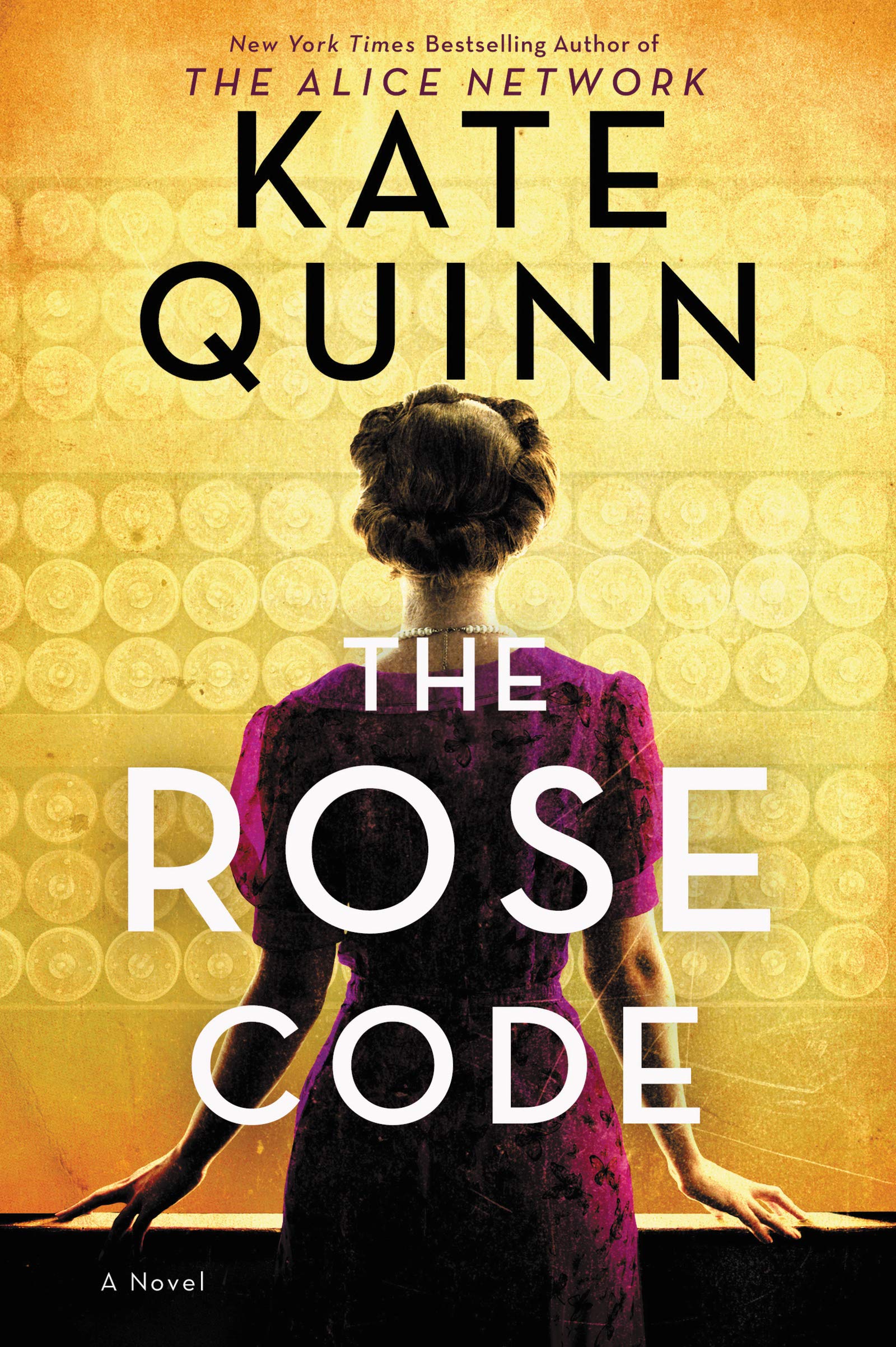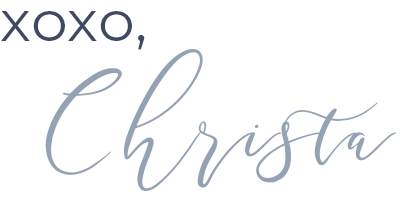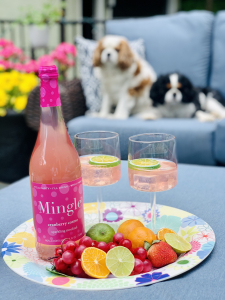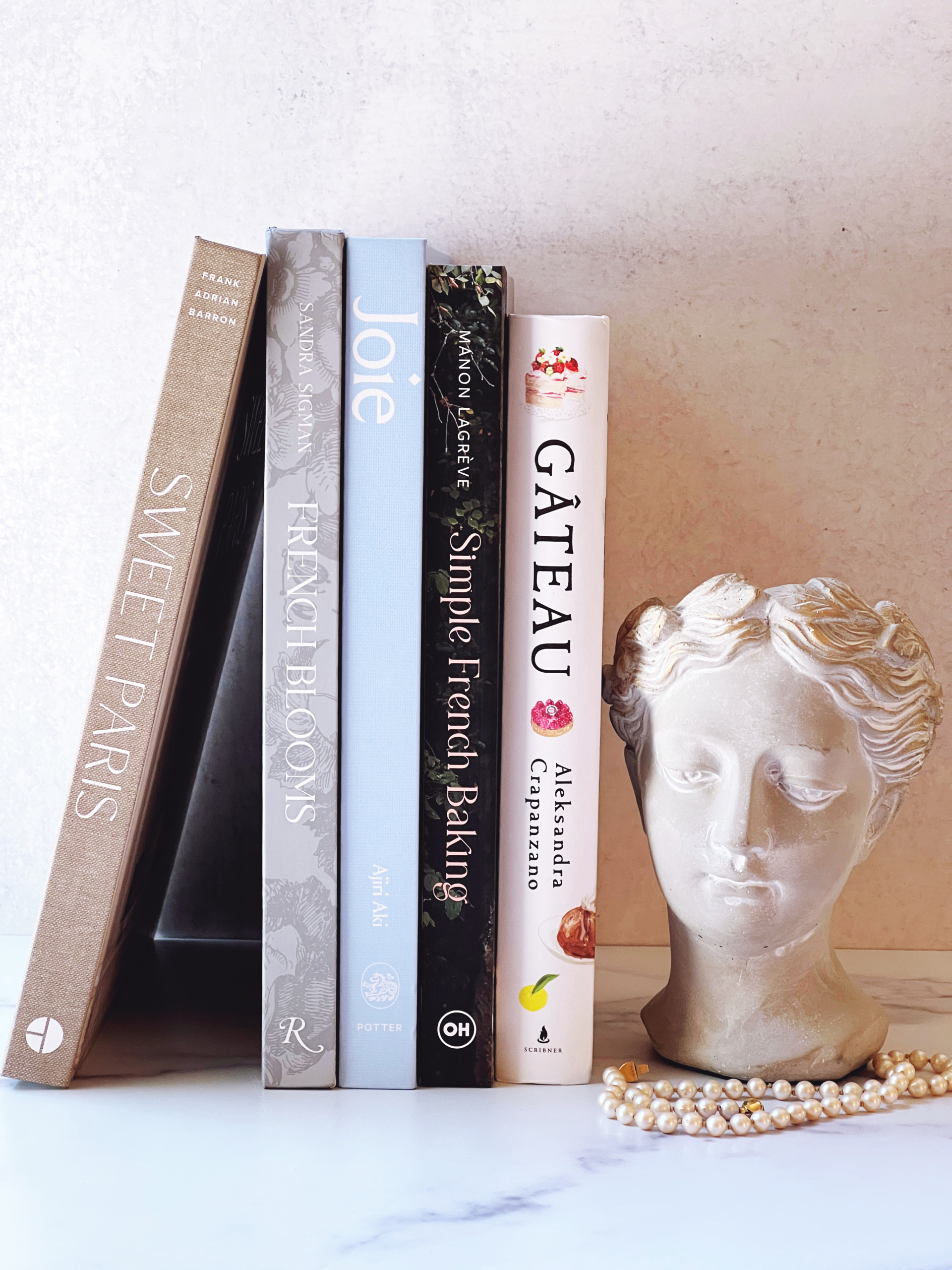“A knockout of a story, written by the reigning queen of historical fiction. Quinn’s trio of heroines practically leap off the page in this stunning novel, which melds spy-hunting with love stories that will stir your soul. A book for the ages.” — Fiona Davis, New York Times bestselling author of The Lions of Fifth Avenue

Described as ‘twisty and evocative’ by Popsugar, best-selling author Kate Quinn pays tribute to the brave codebreakers of Bletchley Park. Through the novel we meet Osla, Mab and Beth, three very different women who are drawn together by a common purpose. After being torn apart by a wartime secret, the women reunite once more to discover a traitor from their past.
In this interview Kate shares about when she first came up with the idea for The Rose Code, which of the codebreakers were based on the real-life women who were a part of Bletchley Park, what vocation she might have had if she’d lived during the WWII era, and a sneak peek into her next book due out early 2022.
When did you first come up with the storyline for The Rose Code?
When I read Robert Harris’s wonderful novel “Enigma,” I became fascinated with Bletchley Park–it was in the back of my mind for a long time as a possibility for a novel. I can’t remember what kicked it to the front of my brain in 2018, but that was when I dove into the research and became even more enchanted. By the time I visited BP on a driving tour through the UK, I was a goner: I knew I had to tell a story about this place.
What drew you to the historical fiction genre?
My mother was a librarian with a degree in ancient and medieval history, so I was hearing stories about the past from a very young age: Princess Elizabeth in the Tower of London rather than “Rapunzel” I, Claudius instead of the Disney Channel. As soon as I began telling stories of my own, I gravitated naturally toward the past.
Where is your favorite place to write at home our outside the home pre-COVID?
At home, my lovely blue-walled office with its many bookshelves, sitting on a comfy ottoman with a laptop on a lap-desk and my three rescue dogs snoring around me. When not at home, my favorite writing place was the local Panera where I’d meet up sometimes with my best writer friends–we’d bring our laptops and write all day at a booth, sucking down infinite coffee re-fills!
Osla, Mab and Beth are very different from one another. What was it like writing about three very different women who find themselves working together?
I wanted this to be a story about women finding a unique, rather magical place where their voices could be heard, their gifts appreciated–the best way to do that was to feature a variety of women from all social classes/family backgrounds/education levels, and show how they were all able to use their very different gifts and skill sets to advantage if they were only given a chance. And Osla, Mab, and Beth get that chance, and they are part of this massive codebreaking operation that changed the war, and the world, and it changes them profoundly as well.
Are Osla, Mab and Beth based on real-life women who were part of the Bletchley Park code breakers?
Two are fictionalized closely on real women (my debutante Osla, based on real-life Osla Benning), or fictionalized composites of several real women (Beth). Mab is more purely fictional, though I based her varied codebreaking work closely on the real accounts of a number of decoders, filers, and bombe operators who worked at Bletchley Park.
Do plan out the entire storyline of your novels in advance, or do you see where the characters take you?
I do quite a bit of plotting, and I always know where the book is going to end up–I’m just not entirely sure how the story is going to get there. Sometimes characters and plotlines change their minds on me, but I’m getting better at plotting and outlining the more books I write.
During your research for The Rose Code and other novels, what has been your most treasured find during the research process?
I was surprised just how many royal connections there were! The former Kate Middleton’s grandmother Valerie Glassborow worked in Hut 16 as a codebreaker, and the late Prince Philip (in the days when he was just a young British naval officer) had a long-term, serious romantic relationship with Osla Benning, a Canadian-born debutante recruited to Bletchley Park as a German translator. So both of those finds went into the book.
Was there a particular scene that was either the most enjoyable or more difficult to write?
There’s a scene drawn directly from history where an all-female team of Bletchley Park cryptanalysts (I placed my fictionalized Beth among them) decoded an Italian naval cipher that said “Today’s the day minus 3.” Deducing that in three days something big was coming–probably a huge attack from the Italian navy–the women went on a two-day binge of round-the-clock codebreaking, barely sleeping or eating, nearly chaining themselves to their desks. They broke the entire Italian naval battle plan in time to hand the British navy the biggest sea victory since Trafalgar at the Battle of Matapan. That scene was so thrilling to write!
If you’d lived in WWII England, what do you think your vocation would have been?
Oh, goodness, I have no idea. I don’t think I’d have made much of a codebreaker, and I’m too short to work the bombes (you had to be tall to reach the top of those hulking beasts), but maybe I could have been a Bletchley Park decoder on the Typex machines, decoding broken ciphers from Enigma script into legible intelligence.
Are you currently working on your next novel and if so, can we get a sneak peek?
My next novel is titled THE DIAMOND EYE, and it’s about the most famous female sniper in history: Lyudmila Pavlichenko, a Russian history student turned deadly markswoman who fought against Hitler’s invasion, earned the nickname “Lady Death,” and befriended Eleanor Roosevelt on a goodwill tour to America in 1942! It should release in March 2022.
Pick up your copy of The Rose Code.








